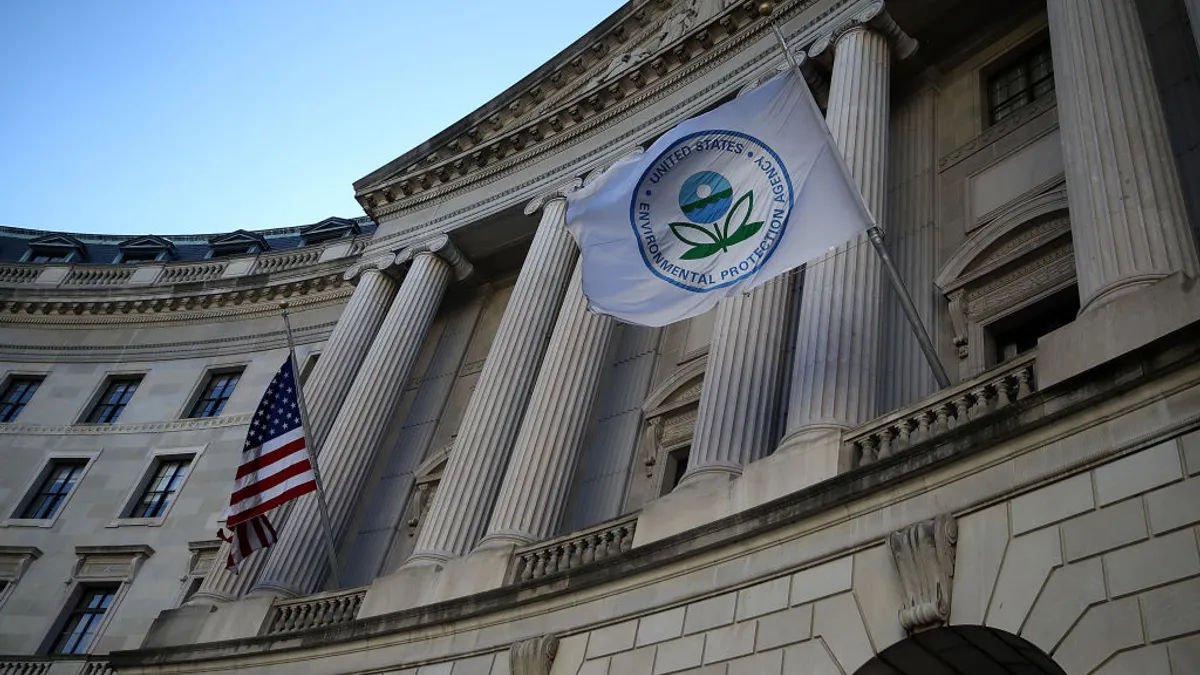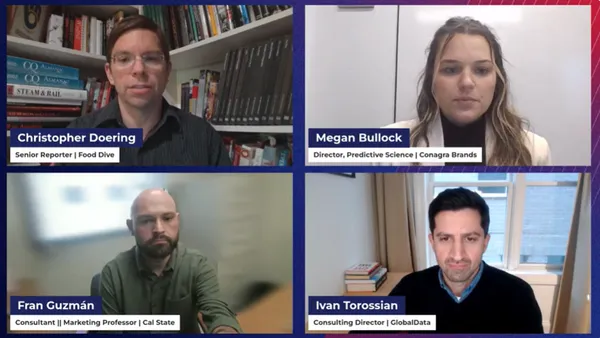Dive Brief:
- The U.S. Environmental Protection Agency needs a structured process to improve the management and evaluation of new chemicals, the congressional watchdog Government Accountability Office said in a report last month.
- The nonprofit agency conducted the EPA’s performance audit from May 2023 to January 2025 and interviewed 19 manufacturers, 16 of which said they experienced review delays that impacted their businesses.
- Improvements to the chemical review process could positively impact manufacturers seeking approval under the Toxic Substances Control Act, which industry groups have been urging regulators to reassess for years.
Dive Insight:
The GAO report came out as more manufacturers must undergo the chemical review process. The EPA finalized a rule in December requiring manufacturers to submit advance federal notice of new PFAS chemicals or uses of other toxic substances before adding them into their production processes. The rule went into effect Jan. 17.
Manufacturers said in their comments that review delays harmed customer relations, hindered market participation and put the use of new chemicals in production processes at a disadvantage.
Representatives for one manufacturer told the GAO they were unsure what information to submit to regulators due to out-of-date EPA guidance from June 1997, which lacks sufficient review guidance.
Some of the companies also said they would like a more transparent submission process and review timeline. They also urged the EPA to clarify the process requirements, increase staffing reviewers and improve communication.
The reviews are part of the Frank R. Lautenberg Chemical Safety for the 21st Century Act enacted in 2016 under the Toxic Substances Control Act. The amendment gives the EPA authority to test and review new chemicals or new uses of current substances submitted to the agency and measure their impact on public health and natural resources within 90 days.
The TSCA safety regulation has been an issue for chemical makers since its implementation. Leadership from trade groups including the American Chemistry Council and the American Fuel and Petrochemical Manufacturers urged lawmakers to improve the regulatory review process at a House subcommittee hearing last month.
“American innovation relies on new chemicals entering commerce in a timely, predictable manner,” ACC President and CEO Chris Jahn said in his testimony. “Unfortunately, the new chemical program is broken.”
Jahn said 70% of ACC’s members surveyed reported choosing to introduce products outside of the U.S. due to issues with the EPA’s chemical review program.
“The EPA has consistently missed the mark, hindering innovation and ceding our nation’s competitive advantage to manufacturers overseas,” Jahn told Congress members.
EPA says more funds needed to improve review process
GAO created 13 key practices in 2023 that can help federal agencies such as the EPA to develop and use evidence to effectively manage and assess their efforts. In its report, the GAO recommended the EPA’s New Chemicals Division, which leads the chemical review process, better implement the practices.
While the EPA has agreed with this recommendation, then-Assistant Administrator of the EPA’s Office Chemical Safety and Pollution Prevention Michael Freedhoff said in a Dec. 31 letter that even the most “robust strategic plans” will be useless if the new chemicals division does not receive the resources it needs to implement them.
The EPA requested $131.9 million and 451.8 full-time employees in its fiscal year 2025 budget to implement TSCA’s requirements. The agency said that the 2016 chemical safety amendment brought a dramatic increase to the EPA’s workload, which changed the way it implemented the new chemicals program.
Congress still needs to finalize the federal budget for the remainder of fiscal year 2025 and the deadline for the current continuing resolution to avoid a government shutdown, March 14, is fast approaching.
“Fundamentally, operating without a predictable budget, such as when operating under Continuing Resolutions for extended periods, makes long-term planning and more progress on efficiency improvements exceedingly difficult,” Freedhoff wrote.
Funding for the EPA and other federal agencies has caused a whirl of confusion since President Donald Trump took office Jan. 20. The president signed a now-withdrawn executive order funding freeze on many EPA programs, but has vowed to curtail federal funding on efforts like environmental justice and climate change.












